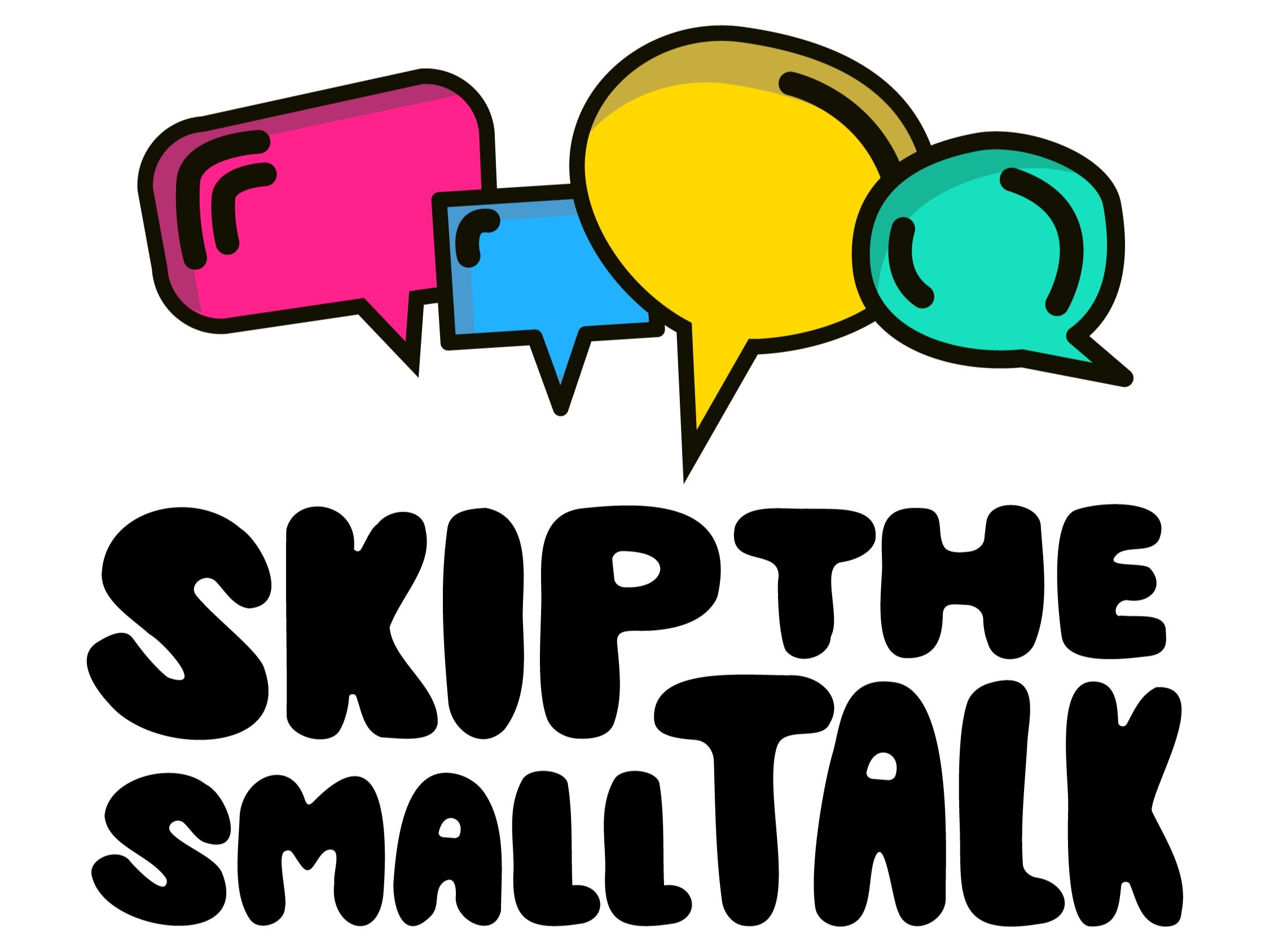If you have trouble skipping the small talk, this might explain why
I recently found myself in two almost identical social situations with one small difference that changed everything about the way the interaction went down.
A few months ago, I had some new friends over my house when one of my friends took advantage of a brief silence:
“Can I ask you all a weird question?”
We all nodded and leaned forward a tiny bit in our chairs.
“Is a hamburger a sandwich?”
Within five minutes, voices boomed.
Folks I’d previously seen as shy nearly bellowed their opinions as treatises.
Alliances were formed.
Everyone was smiling, even if they were yelling or (literally) finger-pointing or furiously pulling up Wikipedia articles from their phones to support their positions.
We were passionately arguing about the nuances of bread-and-meat taxonomy for thirty freaking minutes.
Months later, we still text each other with evidence supporting our various stances on the issue: a hamburger listed under the “sandwich” section of a restaurant menu; menus with hamburgers segregated from sandwiches entirely; quotes from outsiders that imply various assumptions about the sandwichhood of hamburgers.
A week after The Great Hamburger Debate of 2016, I was at another low-key party when another friend from that group ask the same hamburger/sandwich question to a different set of people.
This time, though, the question was met with some confused glances, some shrugs, and general ambivalence to engaging with the very same question.
Just a week before, the same question had brought together a group of frie-quaintances close enough to sassy-text each other on a weekday. But at this more recent party, one or two people talked about the hamburger/sandwich question for just a minute or two, and it seemed more out of politeness than genuine interest.
It died down quickly in favor of a topic that felt much small-talkier.
What changed?
There was a very subtle difference: the preface to the hamburger question.
The second question-asker DIDN’T ask, “Can I ask you all a weird question?” He just waited for a break in the conversation and prefaced the hamburger question with a simple “Okay, so…”
He did everything almost identically, but here’s the key problem: he didn’t get buy-in first.
My friend didn’t get everyone’s expressed support before he tried to move the conversation in a very different direction.
The point of a buy-in is more than just getting everyone onboard, though, which is obviously also important.
Buy-in is also about authentically demonstrating that you care about other people’s comfort.
It’s about earning people’s trust; if you are the sort of person who will make sure everyone’s on-board for something a little different, people are likelier to feel comfortable trusting you as you navigate new social terrain with them. And trust is absolutely essential for any sort of meaningful or different-from-usual interaction.
If there’s no trust built up, folks are much less likely to follow your lead into territory that feels new.
If you can genuinely signal to others that you’re going to take their preferences into account, they’ll be much likelier to follow a big shift in the depth of interaction, whether that means going from talking about the weather to talking about hamburgers, or transitioning a discussion about facts toward a discussion about opinions and feelings.
So the next time you’re hoping to skip the small talk with someone, remember the moral of the hamburger story: If you have a great new direction to move a conversation in, if it involves going a little deeper, make sure you get buy-in first.
What do you think? Are there exceptions to the buy-in rule? Do you have any success stories about using buy-in to help you steer a conversation in a different direction? Let us know in the comments!

